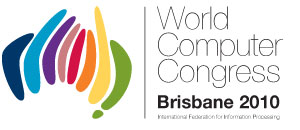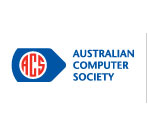Embedded Systems build the key technological components of all kinds of complex technical systems, ranging from telecommunications devices to automobiles, aircraft and even complete production lines. Traditionally, such embedded control systems have been implemented in a monolithic, centralized manner, but distributed solutions have steadily been gaining popularity. In a distributed setup, the control task is carried out by a number of controllers distributed over the entire system and interconnected as a network by communication components such as field buses.
The individual nodes of such a network usually consist of a processor (microcontroller) together with some sensors and actuators. More demanding local control applications require more powerful controllers based on parallel architectures such as multiprocessor systems-on-chips (MPSoCs) or mulicore systems. Distribution and parallelism in embedded system design increase the engineering challenges and demand new development methods and tools. Also, the increasing relevance of intelligent applications like autonomous systems or systems with self-x properties calls for new design methods and tools. Due to the growing complexity of these kinds of embedded systems, their development requires new, consistent and integrated design methodologies and tools, covering the path from specification to implementation and test.
DIPES will be an ideal opportunity to present exchange and discuss the state of the art, novel ideas, actual research results, and future trends in the field of distributed embedded systems. Contributors and participants from both industry and academia are encouraged to take active part in this conference.
Topics include but are not limited to following aspects of distributed embedded systems:
- Specification and modelling
- Design methodology
- Design support for intelligent features
- Self-x properties
- Simulation and verification
- Hardware/Software co-design
- Software synthesis
- Scheduling, partitioning, allocation
- Real-time operating systems
- Communication networks and middleware
- Specific architectures and design support (e.g. multicore, networked embedded systems)
- Design space exploration
- Power-efficient design
- Dependability and fault tolerance
- Case studies
DIPES 2010 Conference Website
Further information can be found at http://www.c-lab.de/dipes.





